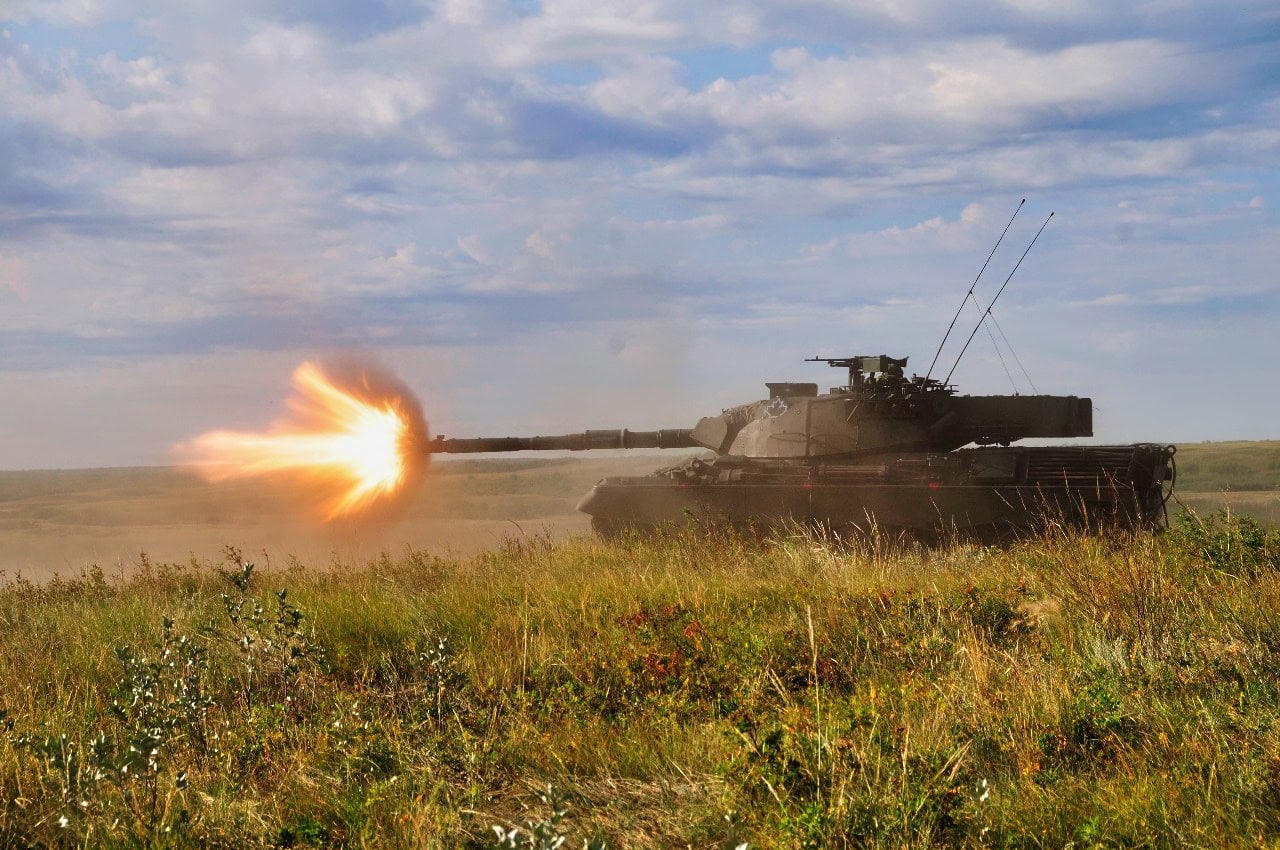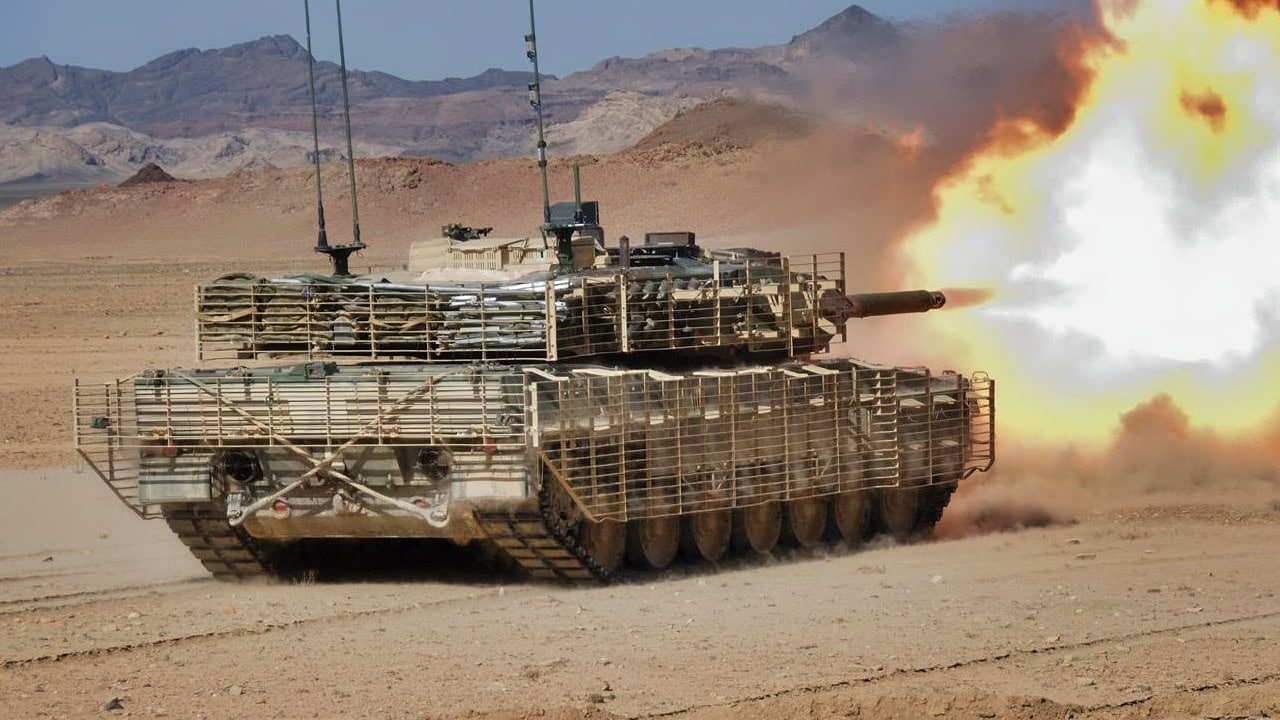Canada: Can it Get Its Military Into Shape? Canada’s military readiness has been a topic of concern for several years, with recent reports highlighting significant challenges that the Canadian Armed Forces (CAF) face.
From manpower shortages to significant equipment issues, the CAF is currently in dire straits.
To add fuel to the fire, there is constant talk that the US may try to annex Canada in some manner.
You know, the ’51st state’ comments from President Donald Trump.
With the current geopolitical landscape so tense, let us look into Canada’s current military and see what exactly the issue is.
Canada is NOT Ready for War
The Canadian Armed Forces are experiencing a severe readiness crisis. According to a recent internal report, only 58% of the CAF would be able to respond if called upon in a crisis by NATO allies. This is a stark indicator of the challenges facing the military, which include personnel shortages, equipment unserviceability, and budget constraints.
Personnel shortages are a significant issue, with the CAF currently short about 16,000 personnel, which is approximately 15% of its authorized strength. This shortage is exacerbated by a recruitment and retention crisis. Despite efforts to open the military to permanent residents, the application process is lengthy and cumbersome, leading to high dropout rates.
Equipment issues are also a major concern, with nearly half of the CAF’s equipment considered unserviceable. For instance, only 45% of the air force fleet is operational, while the navy and army operate at 46% and 54% capacity, respectively. This means that even Canada’s modest military projection ambitions are not assured.
The equipment issue is further exacerbated by Canada’s procurement system, which is unable to deliver the necessary equipment due to delays and cost overruns.
Budget Issues Abound
Speaking of cost overruns, budgetary constraints further compound all these problems. Although Canada has increased its defense spending by 70% between 2017 and 2026, it still falls short of the NATO target of 2% of GDP. The Canadian government has announced more than $72 billion in new defense funding over the next two decades.
Still, much of this spending is years away and will not address the immediate issues.
The issues facing Canada’s military are multifaceted and deeply rooted in its strategic culture and historical decisions about defense. The recruitment and retention crisis is one of the most pressing issues. The CAF has struggled to attract new recruits and retain existing personnel. The lengthy application process for permanent residents and the high dropout rates are significant barriers. Additionally, the military faces competition from the private sector, which often offers better pay and working conditions.
Aging equipment is another critical issue. The CAF’s equipment is aging and often unserviceable. The Royal Canadian Navy’s Halifax-class frigates and the Royal Canadian Air Force’s CF-18 fighter jets are examples of platforms that are long overdue for replacement. The procurement process for new equipment is slow and often plagued by delays and budget overruns.
Canada faces unique geopolitical challenges, particularly in the Arctic. With Russia expanding its presence in the Arctic and China asserting itself as a “near-Arctic” power, Canada’s deterrence capabilities in the region remain weak.

Canada’s tanks training: CFB Wainwright 26 August 2011 Photo Credit: Master Corporal Holly Cowan. A Lord Strathcona’s Horse (Royal Canadian’s) Leopard tank fires at the top of a hill during a live fire demonstration held in Wainwright, AB. CFB Wainwright hosted the Level 3.5 Live Fire Demonstration which allowed the military to show its capability to conduct strategic engagement and communications.
The CAF’s ability to operate in the harsh Arctic environment is limited by its aging equipment and lack of specialized training.
The Unthinkable: How Canada Would Fare in a Conflict Against the US
Furthermore, there have been recent talks of a potential military conflict with the United States during Trump’s second term. While it seems highly unlikely, even just a touch of such talk is a major geopolitical change of historic proportions.
In a hypothetical conflict with the US, Canada would face overwhelming odds to put it lightly. The United States has the most powerful military in the world, with significantly greater manpower, equipment, and financial resources. The United States has a total active military personnel of 1.328 million, compared to Canada’s 68,000. The U.S. also has a much larger reserve force, with 799,500 personnel compared to Canada’s 27,000.
The U.S. military’s equipment far surpasses that of Canada. The United States has over 13,000 aircraft, including 1,790 fighter jets, while Canada has only 351 aircraft, including 66 fighter jets. The U.S. Navy operates 532 ships, compared to Canada’s 67.
The U.S. defense budget is approximately $895 billion, dwarfing Canada’s $41 billion. This vast financial disparity allows the U.S. to maintain and modernize its military capabilities at a much higher rate than Canada. The United States possesses a significant nuclear arsenal, with 5,244 warheads, while Canada has no nuclear weapons. This nuclear capability provides the U.S. with a substantial strategic advantage.
Given these disparities, Canada would struggle to defend itself in a direct conflict with the United States. While Canada’s vast land would provide some strategic depth, the U.S. military’s superior manpower, equipment, and financial resources would likely overwhelm Canada’s defenses quickly.
Canada Needs to Get its Act Together
Canada’s military readiness is currently in a precarious state, with significant challenges in personnel, equipment, and budget. The recruitment and retention crisis, aging equipment, and budget constraints are major issues that need to be addressed to improve the CAF’s readiness.
In a hypothetical conflict with the United States – although most likely out of the question today – Canada would face overwhelming odds due to the vast disparities in manpower, equipment, and financial resources.
To improve its military readiness, Canada must take bold action to reform its defense procurement system, increase defense spending, and prioritize its security concerns, particularly in the Arctic and perhaps also its southern border.
Without these measures, Canada risks strategic irrelevance in an evolving security landscape.
About the Author: Isaac Seitz
Isaac Seitz, a 19FortyFive Defense Columnist, graduated from Patrick Henry College’s Strategic Intelligence and National Security program. He has also studied Russian at Middlebury Language Schools and has worked as an intelligence Analyst in the private sector.

